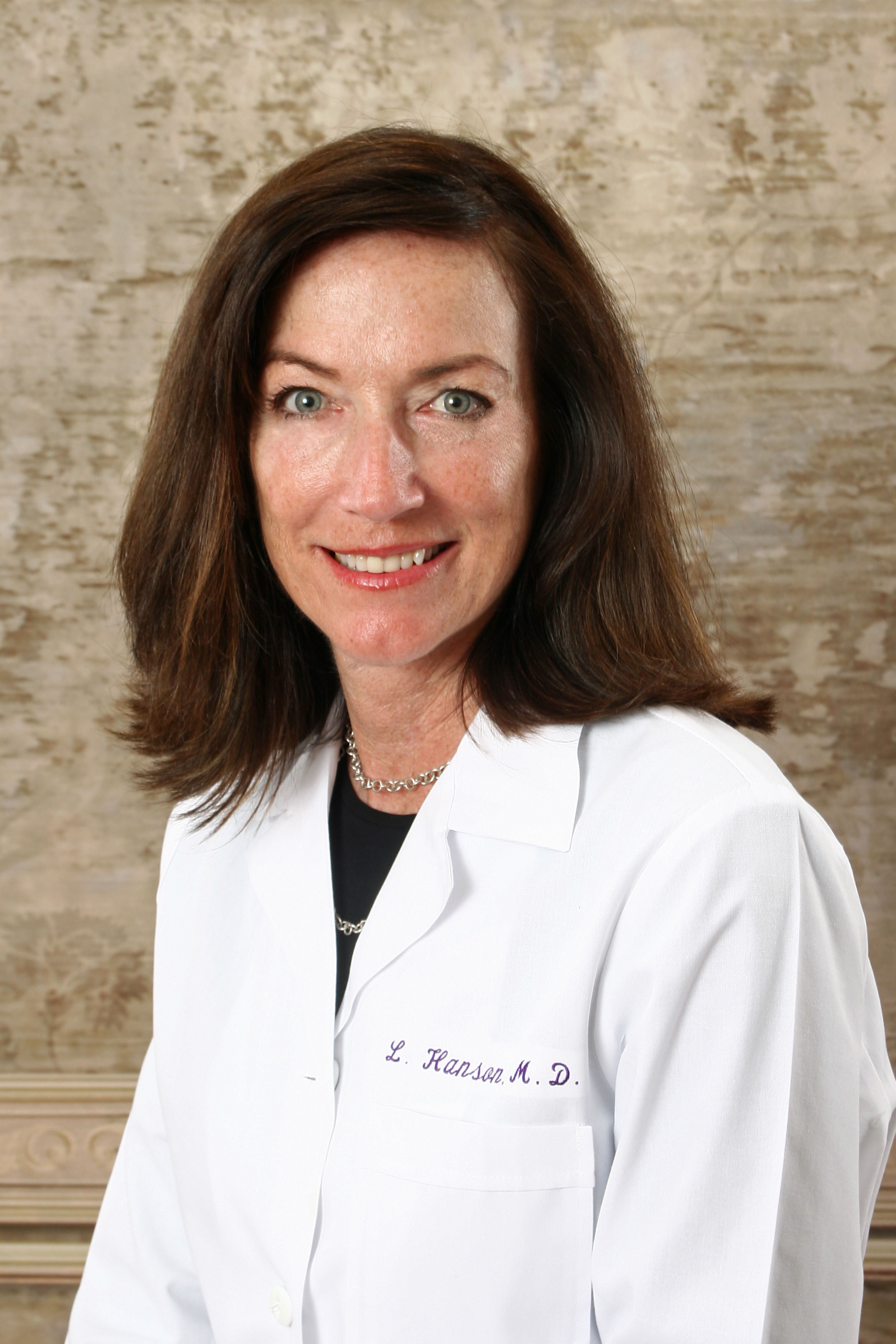

The principal response has been to set, communicate and enforce limits on the level of alcohol in the blood above which it is illegal to drive and to deal in various ways with drivers found to be exceeding the limits. This commentary discusses how society across Europe has responded since then to this burden by managing drink driving in the interests of road safety. People mixing driving motor vehicles with consuming alcohol increases deaths and injuries on the roads, as was established irrefutably in the mid-1960s. The study highlights the need to implement further strategies to both prevent and deter the use of alcohol while driving.

However, evidence that around 50% of the positive subjects showed a BAC >1.5 g/L confirms the correlation between BAC and accident risk, which becomes even more significant at progressively increasing levels of BAC. The percentage of alcohol-related road accidents was 20.6%, which is lower than results reported in other international studies performed over the last 20 years. Daily time distribution analyses, involving 2031 alcohol-positive drivers, showed a surge between 18:00 hours and 06:00 hours (74.3%), with a specific rise during the weekend (58.9%). Of those who had positive BACs, about 50% presented with very high BAC levels (>1.5 g/L). We found that 21% of drivers tested positive for alcohol (BAC ≥0.01 g/L), while 16.8% presented with BAC levels above the Italian legal limit (>0.5 g/L). Blood alcohol concentration (BAC) determination was then undertaken using a validated head space-gas chromatography-flame ionisation detector (HS-GC-FID) method. Blood samples were mandatorily collected on injured drivers who were admitted to the Emergency Health Care Unit of Verona Hospital between 20, after they had been involved in a traffic accident.

This study describes the results of a nine-year study performed on injured drivers (N = 12,806) in the Verona area of Northern Italy. 03 BAC).Īccording to the World Health Organization, as many as 25% of traffic accidents are linked to alcohol abuse. After adjustments for missing data (hit-and-run drivers, refusals, etc.) the result was an even more dramatic rise in risk, with increasing BAC that began at lower BACs (above. The overall result was in agreement with previous studies in showing increasing relative risk as BAC increases, with an accelerated rise at BACs in excess of.
#DR ABRISS VIRGINIA BEACH DRIVER#
Relative risk models were generated using logistic regression techniques with and without covariates such as driver age, gender, marital status, drinking frequency and ethnicity. Thus, a total of 14,985 drivers were included in the study. In addition, two drivers at the same location, day of week and time of day were sampled a week after a crash, which produced 10,066 control drivers. Data was collected on 4,919 drivers involved in 2,871 crashes of all severities. In order to determine the relative crash risk of drivers at various blood alcohol concentration (BAC) levels a case-control study was conducted in Long Beach, CA and Fort Lauderdale, FL.


 0 kommentar(er)
0 kommentar(er)
